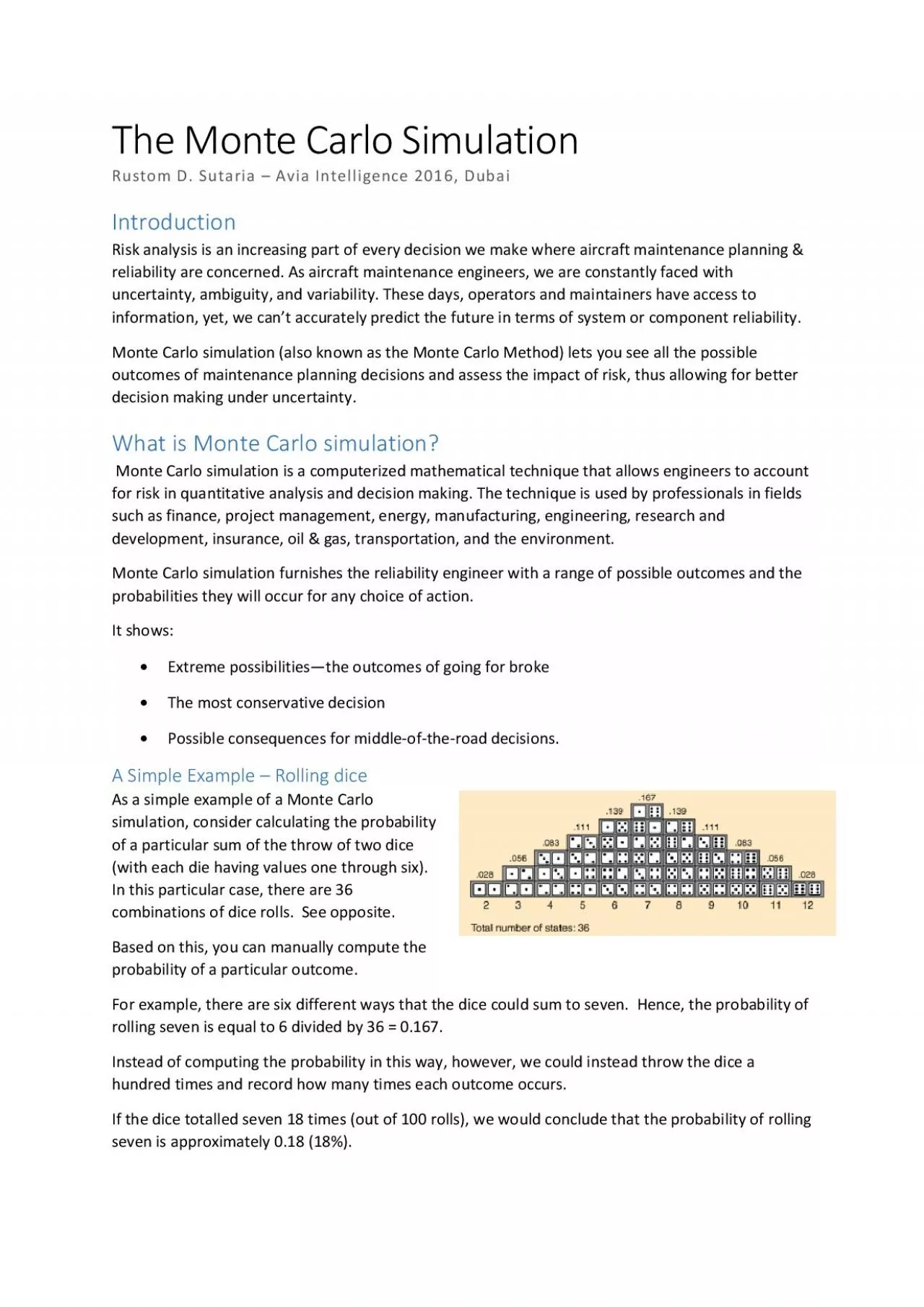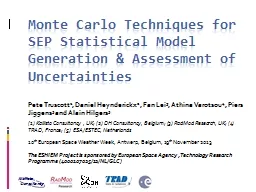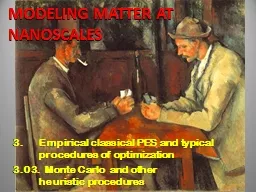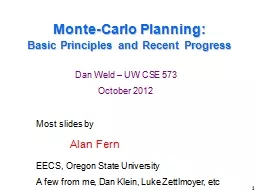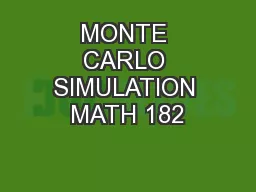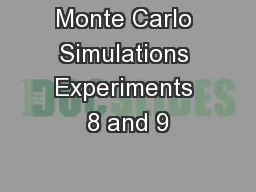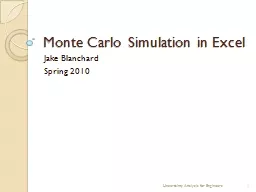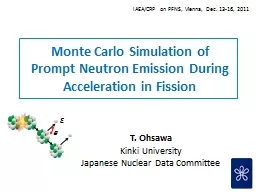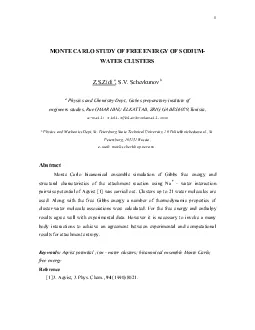PDF-The Monte Carlo Simulation
Author : stella | Published Date : 2022-09-02
Rustom D Sutaria Avia Intelligence 2016 Dubai Introduction Risk analysis is an increasing part of every decision we make where aircraft maintenance planning reliability
Presentation Embed Code
Download Presentation
Download Presentation The PPT/PDF document "The Monte Carlo Simulation" is the property of its rightful owner. Permission is granted to download and print the materials on this website for personal, non-commercial use only, and to display it on your personal computer provided you do not modify the materials and that you retain all copyright notices contained in the materials. By downloading content from our website, you accept the terms of this agreement.
The Monte Carlo Simulation: Transcript
Download Rules Of Document
"The Monte Carlo Simulation"The content belongs to its owner. You may download and print it for personal use, without modification, and keep all copyright notices. By downloading, you agree to these terms.
Related Documents

